You have spent the day trying to hook a fish and your dream has finally come true. The slimy, flopping, wet, critter is ready to be dealt with. So, what do you do next?

Grabbing a fish can be dangerous for the fish and the angler. Different species of fish have different challenges to address. Afterall, they need to survive in some harsh and competitive environments, Predators need sharp teeth, pointy fins, and other qualities to protect themselves.
How you Grab a Fish depends on what you plan to do with the fish.
Consumption Eating a fish means that you plan to kill it. A Gaff may be used, which punctures the fish’s body. You may use a Billy Club to thunk the fish in the head and kill it. You may cut the gills and bleed the fish. A quick rinse and the fish go into the cooler.
Catch And Release Returning a fish back to the water requires a gentler approach. You need a wet net, forceps or a hook remover, wet hands, no rags, no dropping the fish into the dirt and gravel, keeping the fish in the water, no squeezing, and a resuscitating release. Even if all goes well, 10% of Cand R fish will die due to stress and other factors.
Fish Dangers Catfish have sharp pectoral fins and a long sharp spine on their dorsal fin. These sharp fins can easily penetrate a tennis shoe of sandal. Pike, walleyes, sharks, Bluefish, mackerel, and other fish species have sharp teeth. Gill plates can be razor sharp. Fins often have sharp spines or rays that will easily injure an angler. Fold them back before grabbing them.
Unique places to grab a fish Large trout and salmon can be grabbed by the base of their tails. Smaller trout not so much. Bass and crappies have large mouths that allow you to grab them by their lower lips. Pike and pickerel have sharp teeth, but you can grab them by their eyes! Place a finger and thumb into their deep eye sockets and lift. Once you have tackled the fish, support their body and prepare to unhook them.
Biting, kissing, and using grabbing tools are never a good idea for fish that you plan to release.
Care of fish. If you plan to release the fish, battle the fish quickly and return it fast. Long, drawn out battles mean that predators, raptors, and chemistry will impact the fish. Marlin fight with every ounce of their strength. When released, lurking sharks take advantage of these exhausted and vulnerable fish. Exhausted trout in the Madison River become easy prey for eagles, seahawks, and otters.
Fish that you eat needs to be kept cool. Placing them on a stringer means that the fish are still alive and are stressed. Lactic acid, surging through the fish, will change the texture of the meat and flavor. Kill the fish and placing them on ice is best.
Death Grips never help a fish. Two handed grabs will crush the air bladder, explode the internal organs, and ruin the fish quality. It also kills them. Dropping fish onto the dirt, gravel, dock, boat, means death or more suffering. Use a wet net.
Wet nets and hands will keep the mucous from coming off the fish. This substance, and fish scales protects the fish from bacteria and germs. Once the mucous has been removed, fungus and disease will eventually kill the fish. This is why you don’t use rags, gloves, or anything that will scrape or wipe the mucous off a fish.

It’s ok to throw the fish back but do so gently. Throwing the fish does no good. You should gently hold the fish in the water until it can swim away on its own power. If the fish has not recovered from the battle and you put it into a water current, it will tumble and drown.
Holding the fish in a net, in the water is helpful in lakes, where water is not moving. Gently move the fish back and forth so that water can surge over the gills. This will help the fish “catch its breath”.
Grab a fish safely and Go!
Montana Grant



